Vehicle to vehicle (V2V) communication technology
Vehicle-to-vehicle (V2V) communication is a collision avoidance technology that relies on the exchange of information between nearby vehicles to warn drivers of dangerous situations that could lead to a collision.
For example, V2V can help warn drivers that a vehicle ahead is braking and they need to slow down. Or let drivers know it's unsafe to have another vehicle that the driver hasn't seen approaching an intersection at high speed.
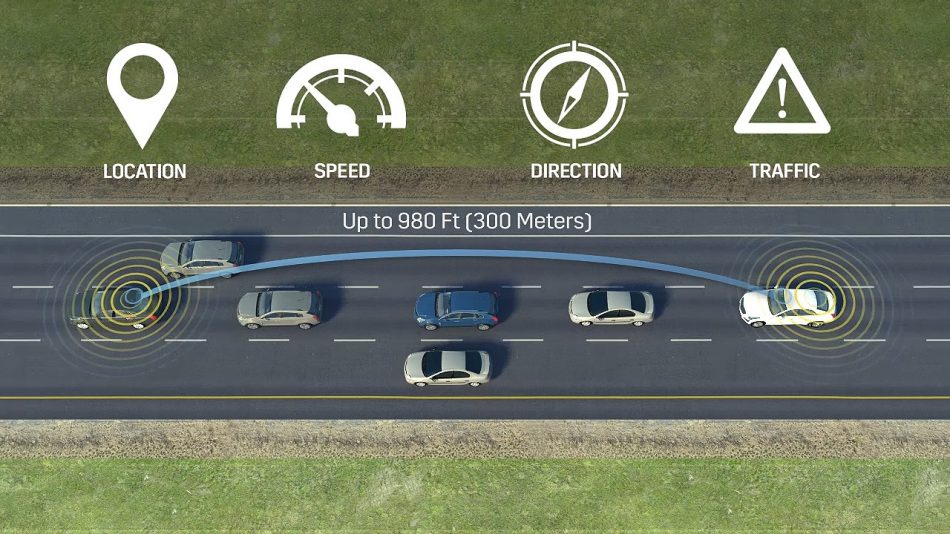
Vehicle-to-vehicle (V2V) communication technology allows vehicles to exchange information with each other. Illustration photo.
V2V also allows vehicles to exchange information about their speed, location, and direction. The technology allows vehicles to transmit and receive information omnidirectionally (up to 10 times per second), creating a 360-degree “awareness” of other vehicles nearby.
Vehicles can use information from surrounding cars to identify potential collision threats before the driver is aware of them.
The technology can then use visual, tactile, and audible warnings to alert the driver. These warnings allow the driver to be aware of the danger and take action to avoid a collision.
Self-driving cars – autonomous cars
Self-driving cars, also known as autonomous vehicles, are self-driving vehicles equipped with sensors, cameras, radar, GPS and artificial intelligence - AI (Artificial Intelligence) to automatically control and move without human intervention.
This type of vehicle is capable of reading and analyzing data from the surrounding environment to make accurate decisions about speed, direction and avoiding obstacles while moving.
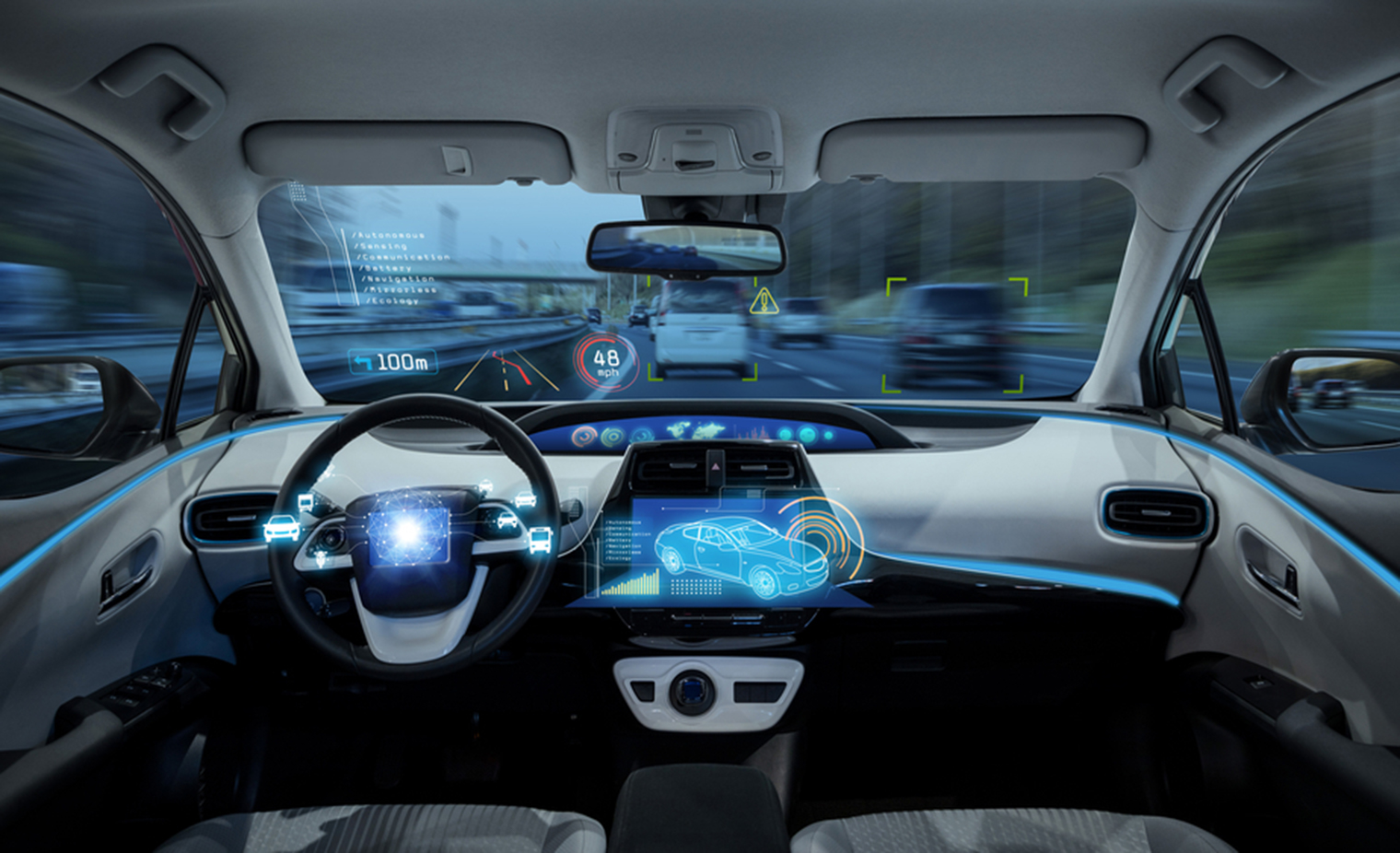
Self-driving car technology is considered the future of smart transportation. Illustration photo.
The world's leading car manufacturers such as Tesla, Audi, Volkswagen, and General Motors are developing and testing self-driving car models with the hope that this type of vehicle is the future of smart transportation.
Self-driving vehicles operate based on the use of sensor systems such as cameras, radar, lidar, GPS... The collected data is processed by AI to identify all objects such as: traffic lights, traffic signs, trees, sidewalks, pedestrians and other objects in the surrounding environment, and at the same time, predict their next actions for analysis.
Then the driving decisions are made: speed adjustment, braking, steering and parking. All these steering system operations happen very quickly, often in less than a second.
Remote control car
The ConnectedDrive intelligent connectivity system was developed by BMW with the task of supporting connection between users and vehicles through the My BMW application installed on the phone.
Through the application, users can control the vehicle to open and lock the car doors, flash the lights, turn on the car fan, sound the car horn... In addition, it is also possible to locate the vehicle online, set up car maintenance and repair services.
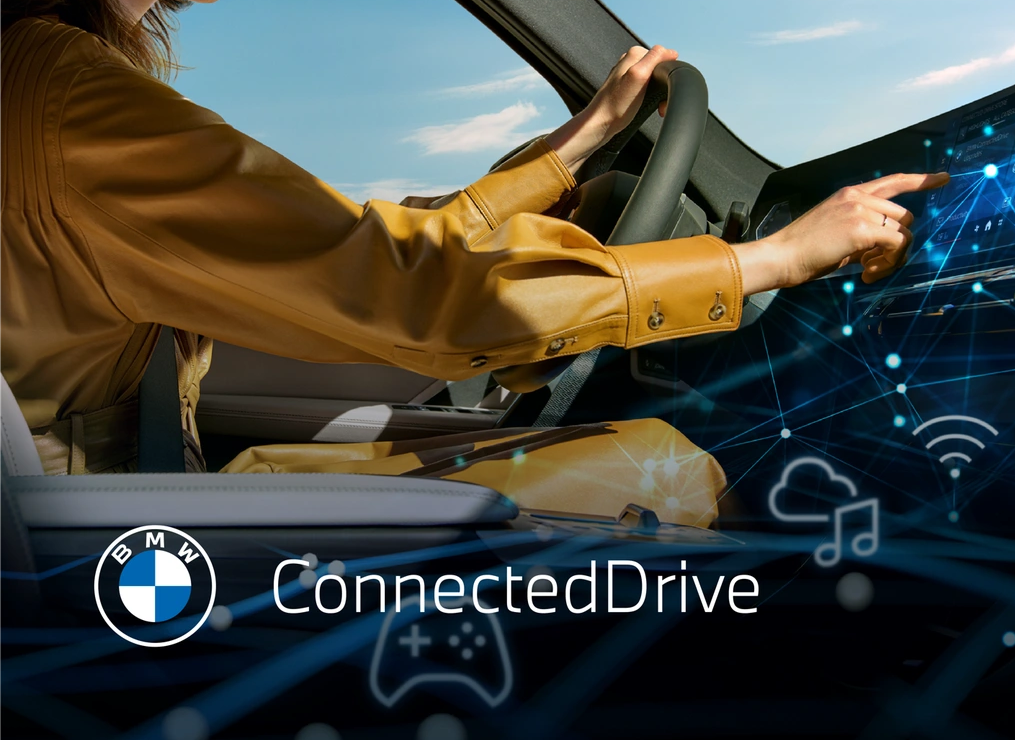
BMW users can use their smartphones to perform some car control operations. Photo: BMW.
Another standout feature of the My BMW app is the BMW Digital Key, which allows the use of a smartphone or smartwatch as a master key. Owners can share the Digital Key with friends and family (up to 5 people).
Source: https://xe.baogiaothong.vn/nhung-cong-nghe-o-to-dac-biet-giup-giam-nguy-co-va-cham-giao-thong-192240605101322662.htm







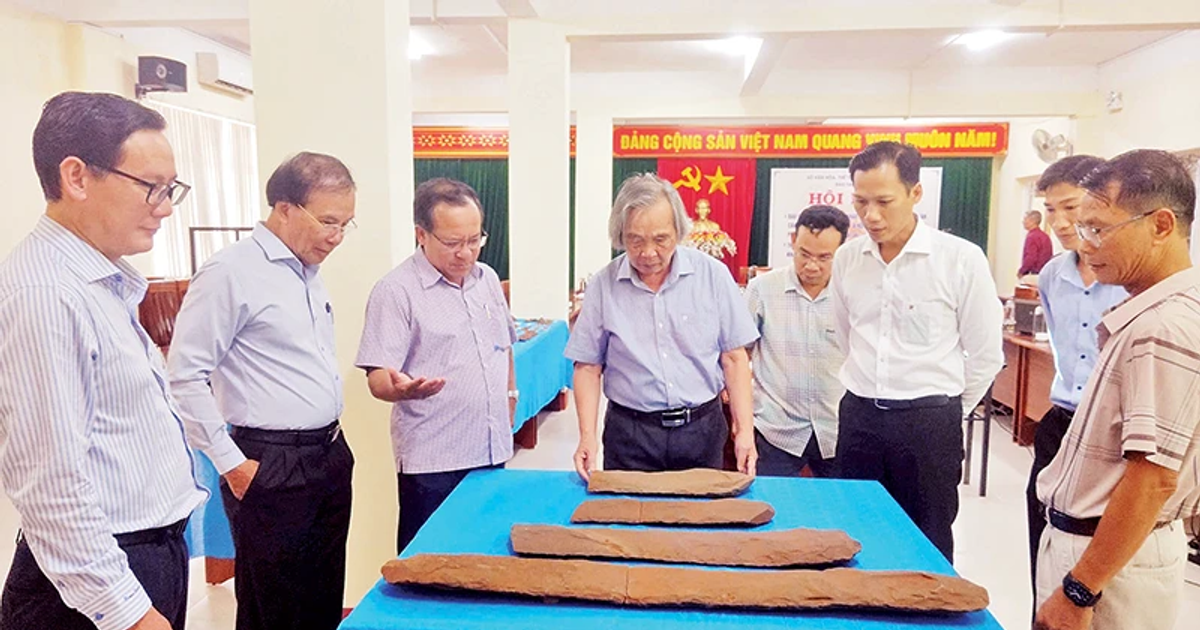


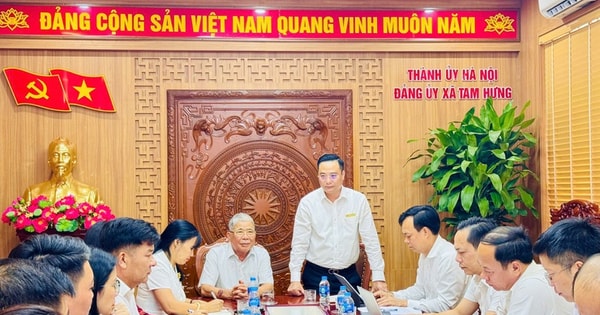










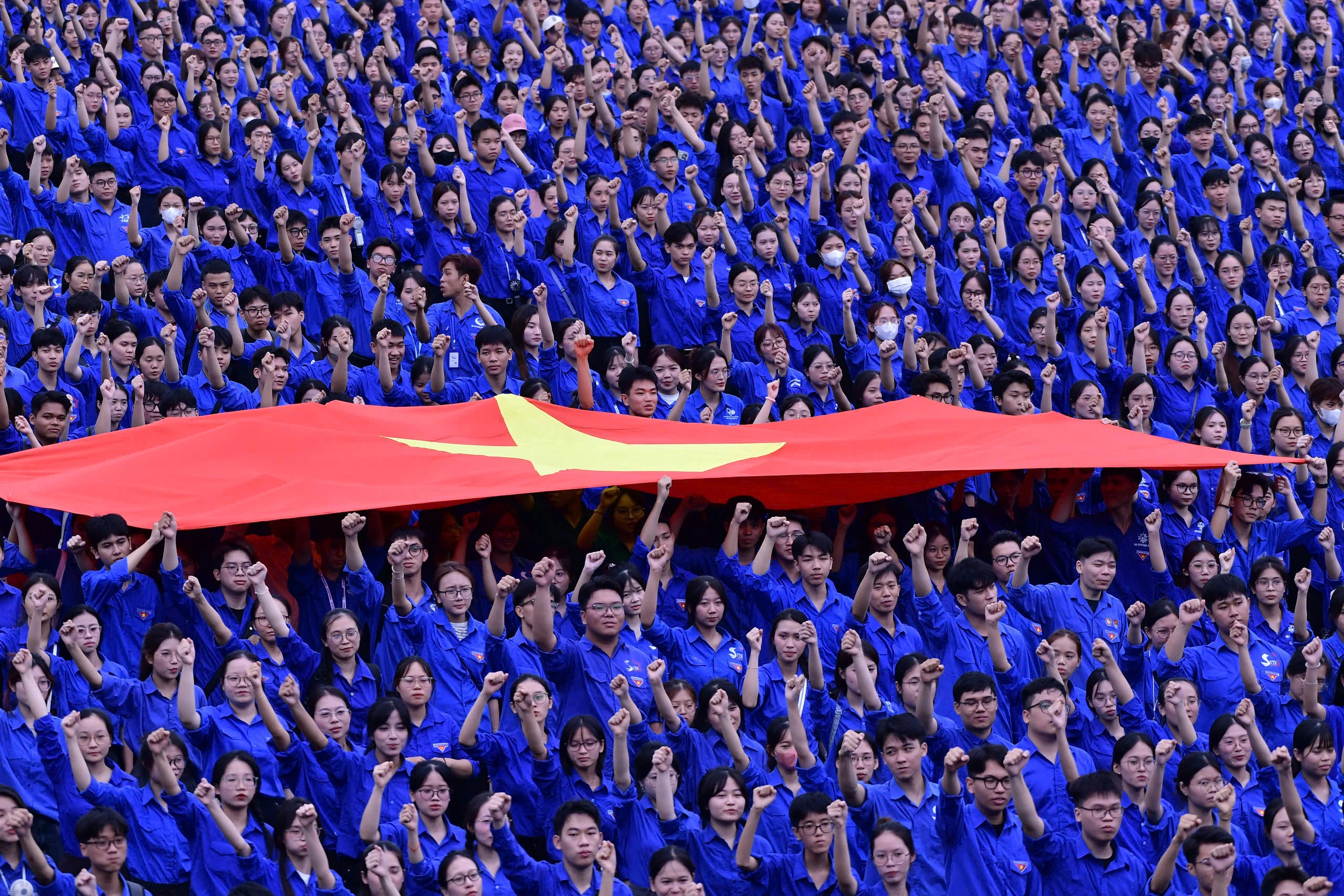

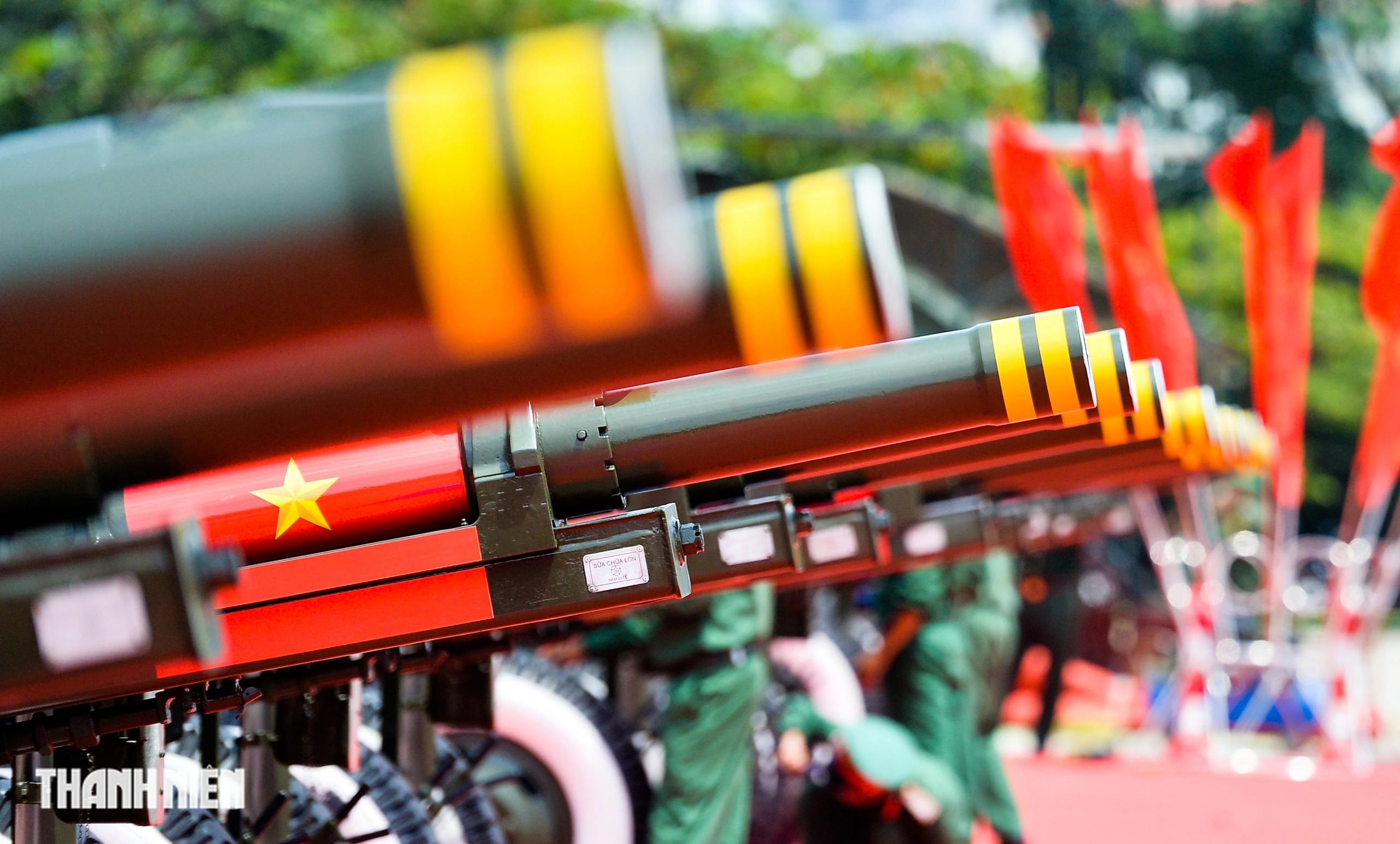







![[Photo] An Phu intersection project connecting Ho Chi Minh City-Long Thanh-Dau Giay expressway behind schedule](https://vstatic.vietnam.vn/vietnam/resource/IMAGE/2025/8/21/1ad80e9dd8944150bb72e6c49ecc7e08)

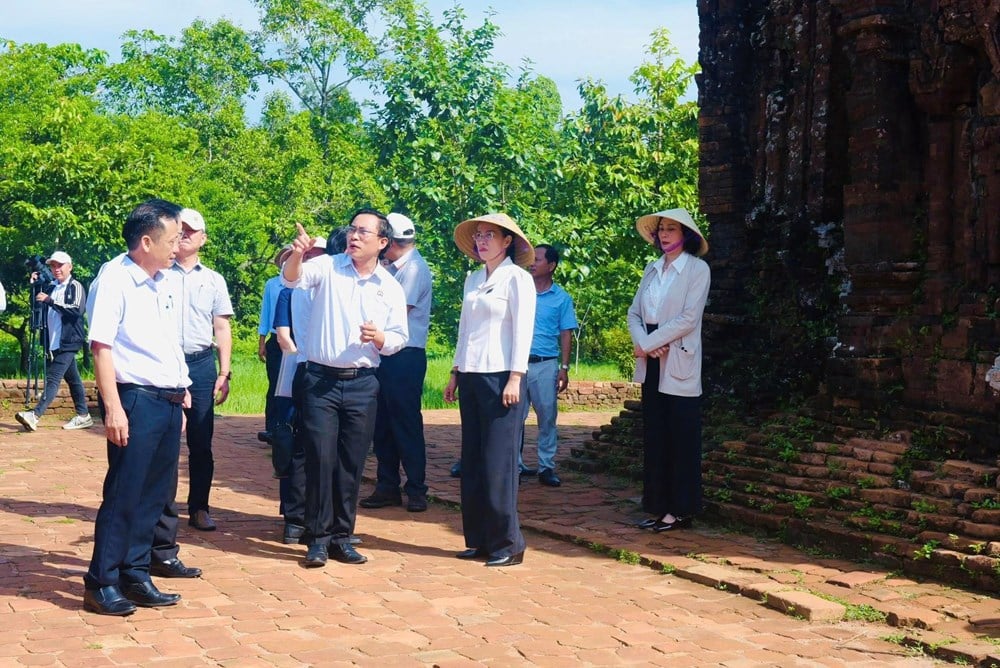





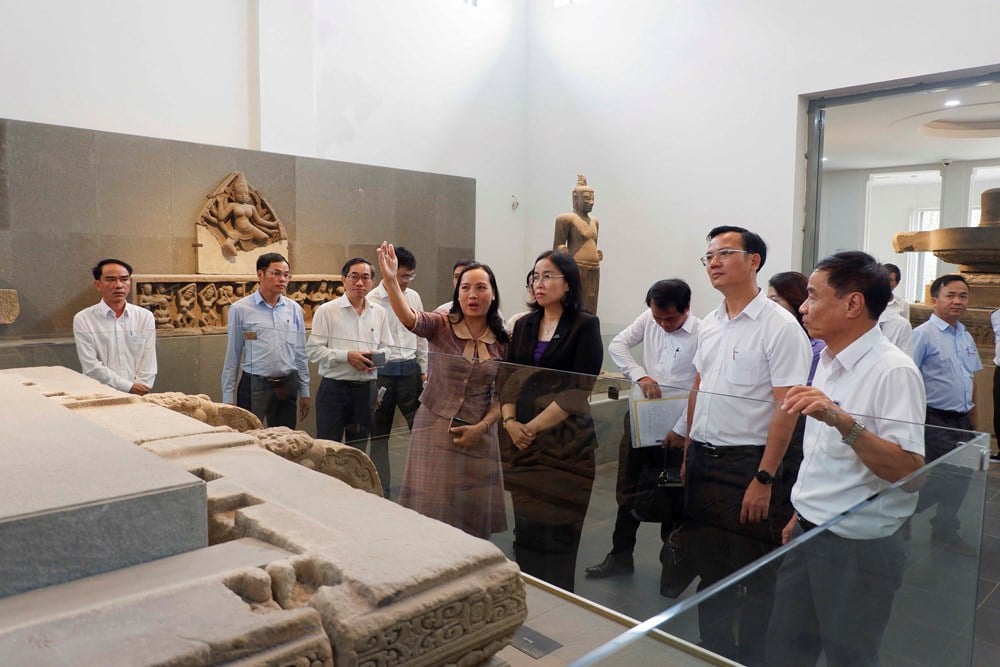






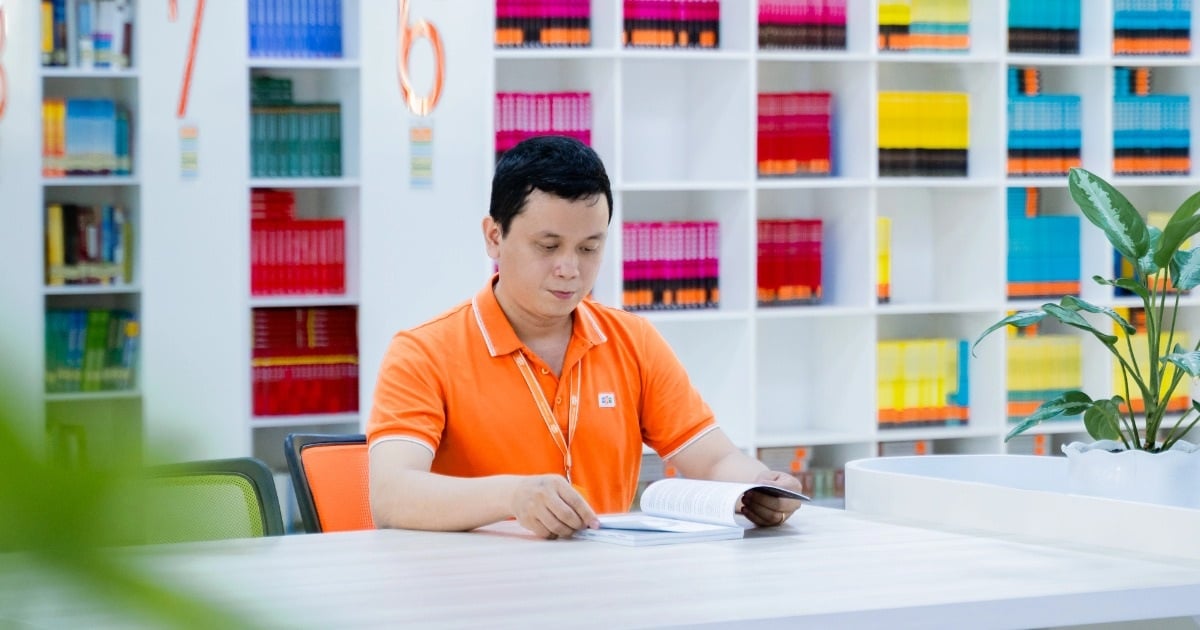






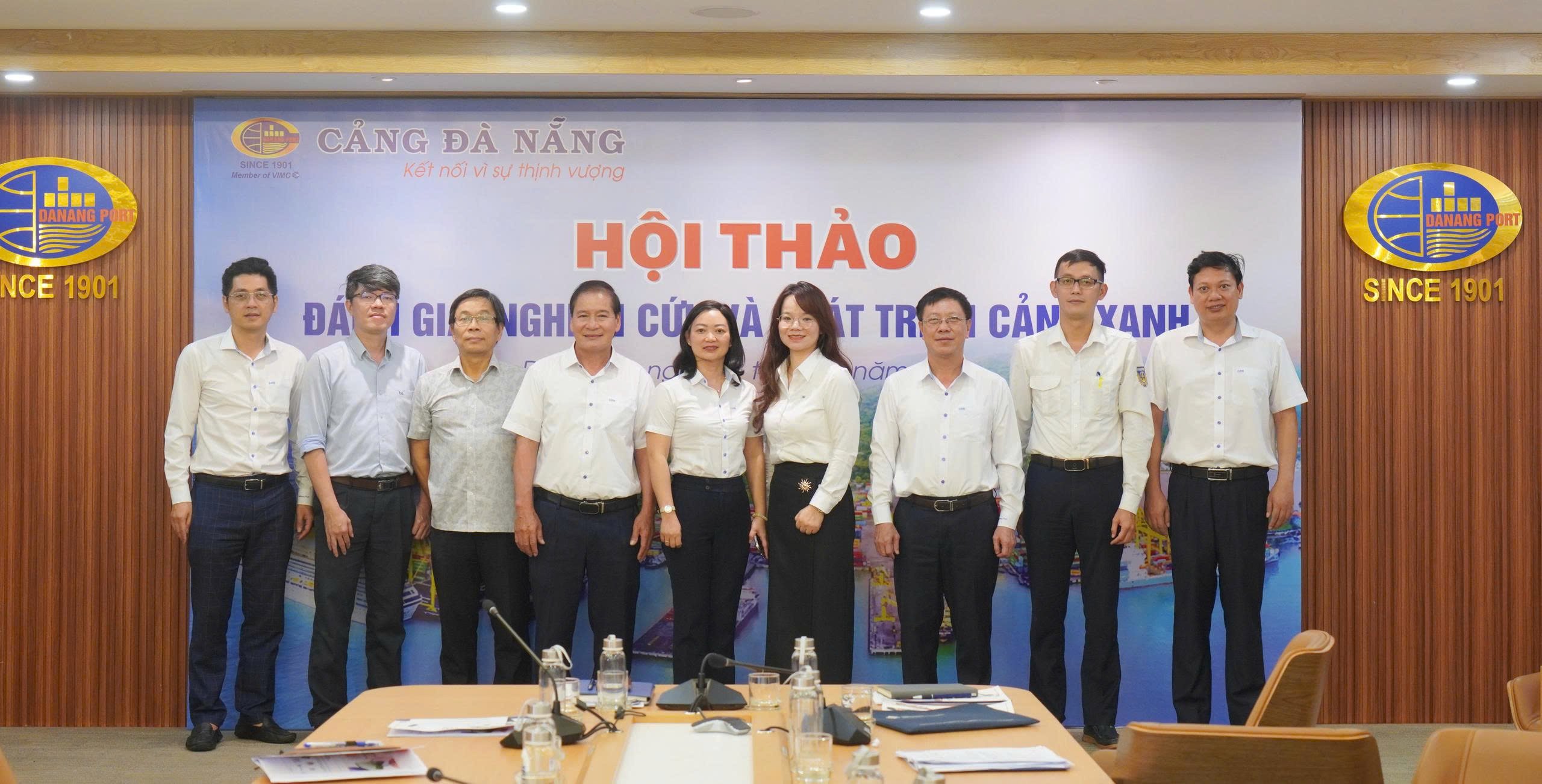



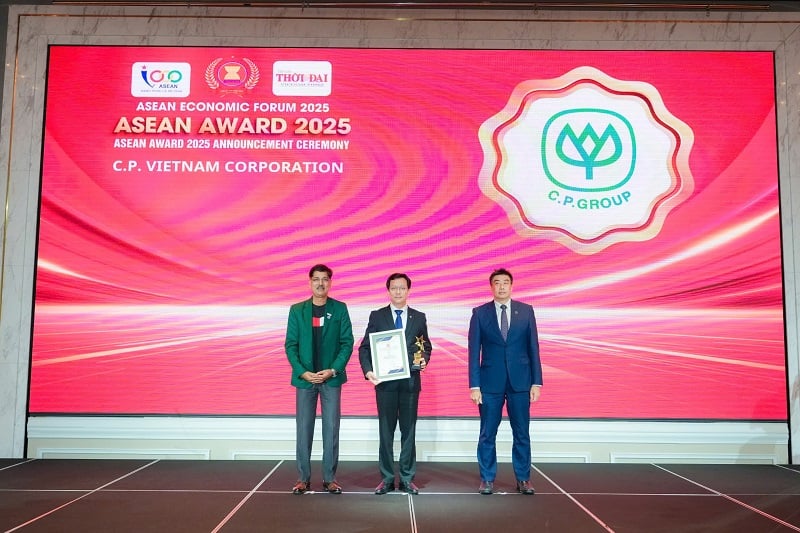


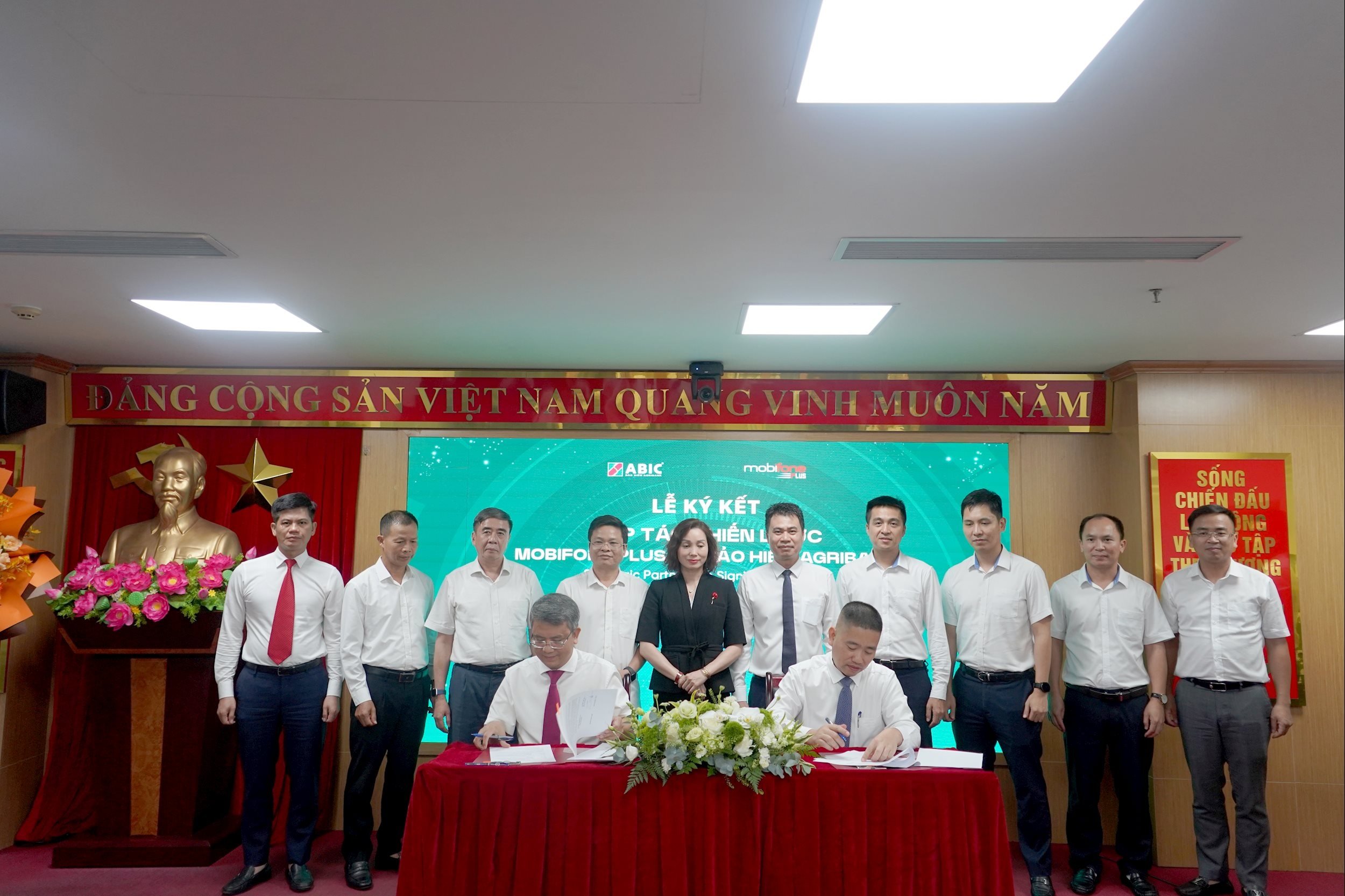



![[Photo] Politburo works with the Standing Committee of Hanoi Party Committee and Ho Chi Minh City Party Committee](https://vstatic.vietnam.vn/vietnam/resource/IMAGE/2025/8/21/4f3460337a6045e7847d50d38704355d)

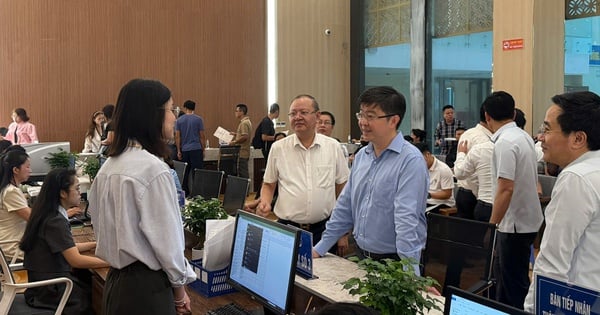



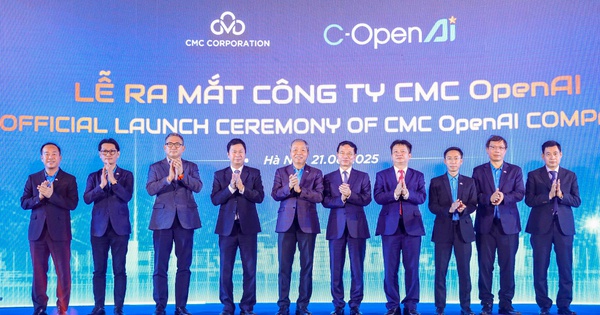
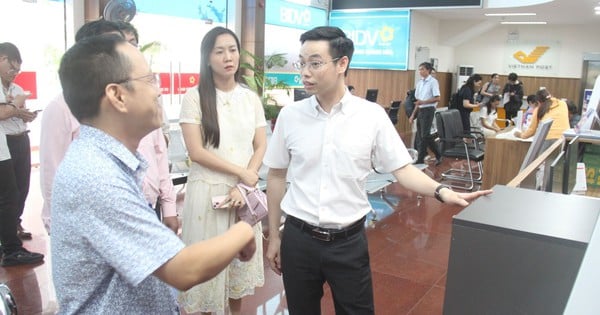
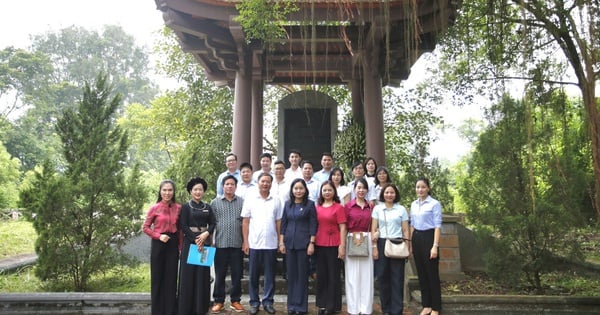
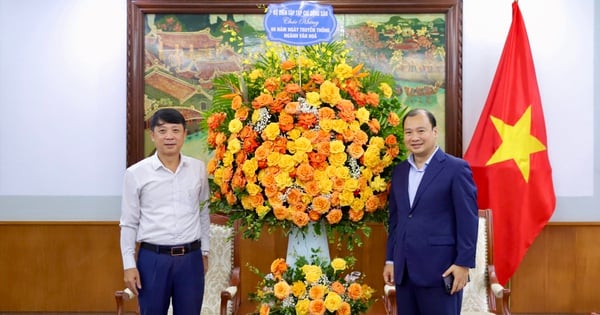







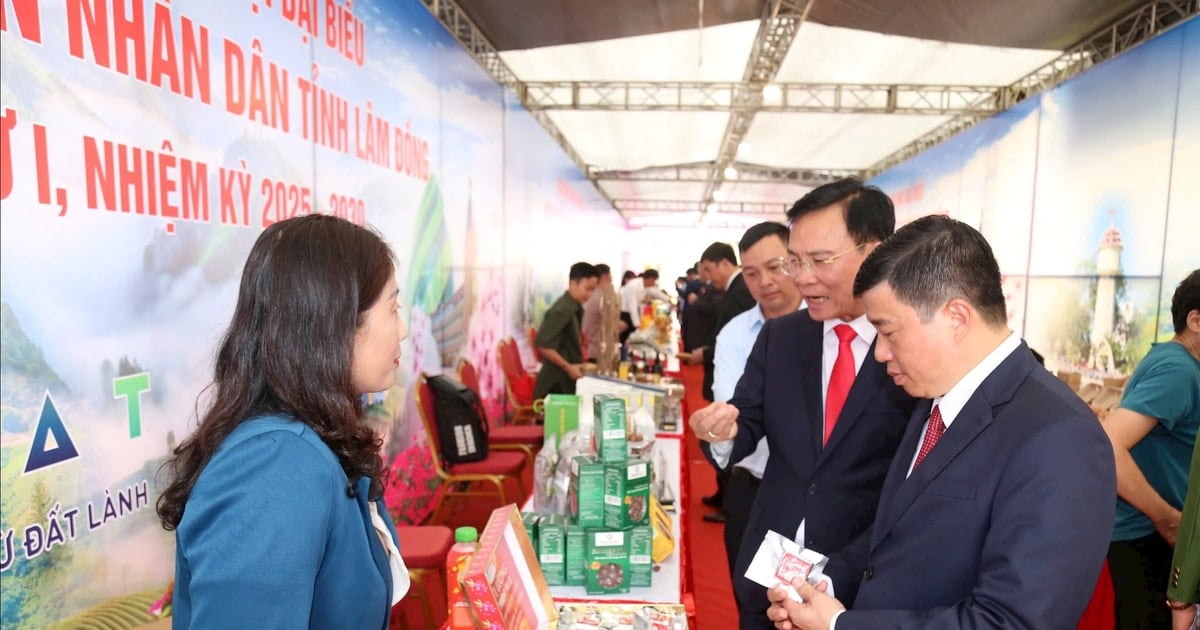








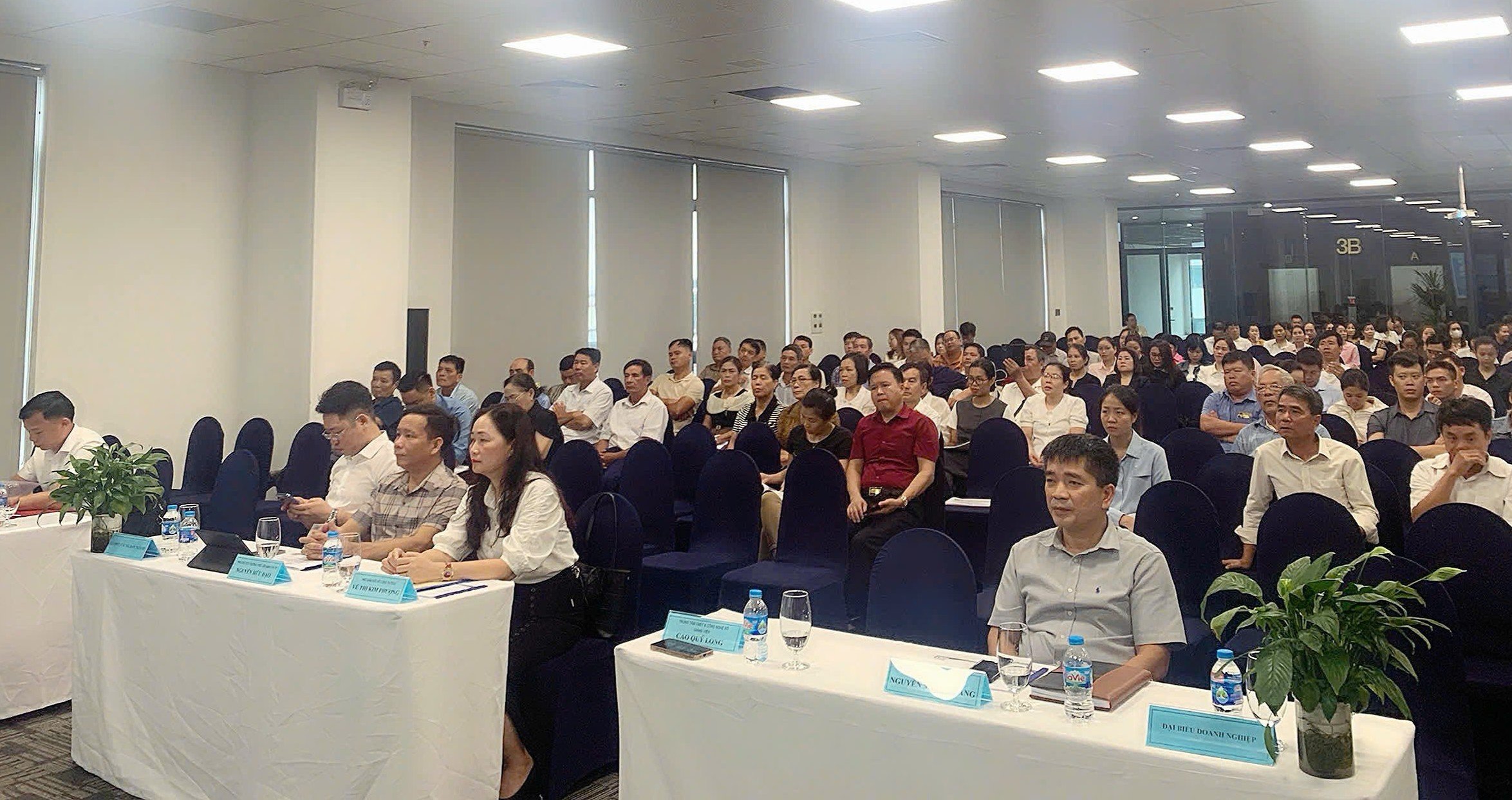






Comment (0)